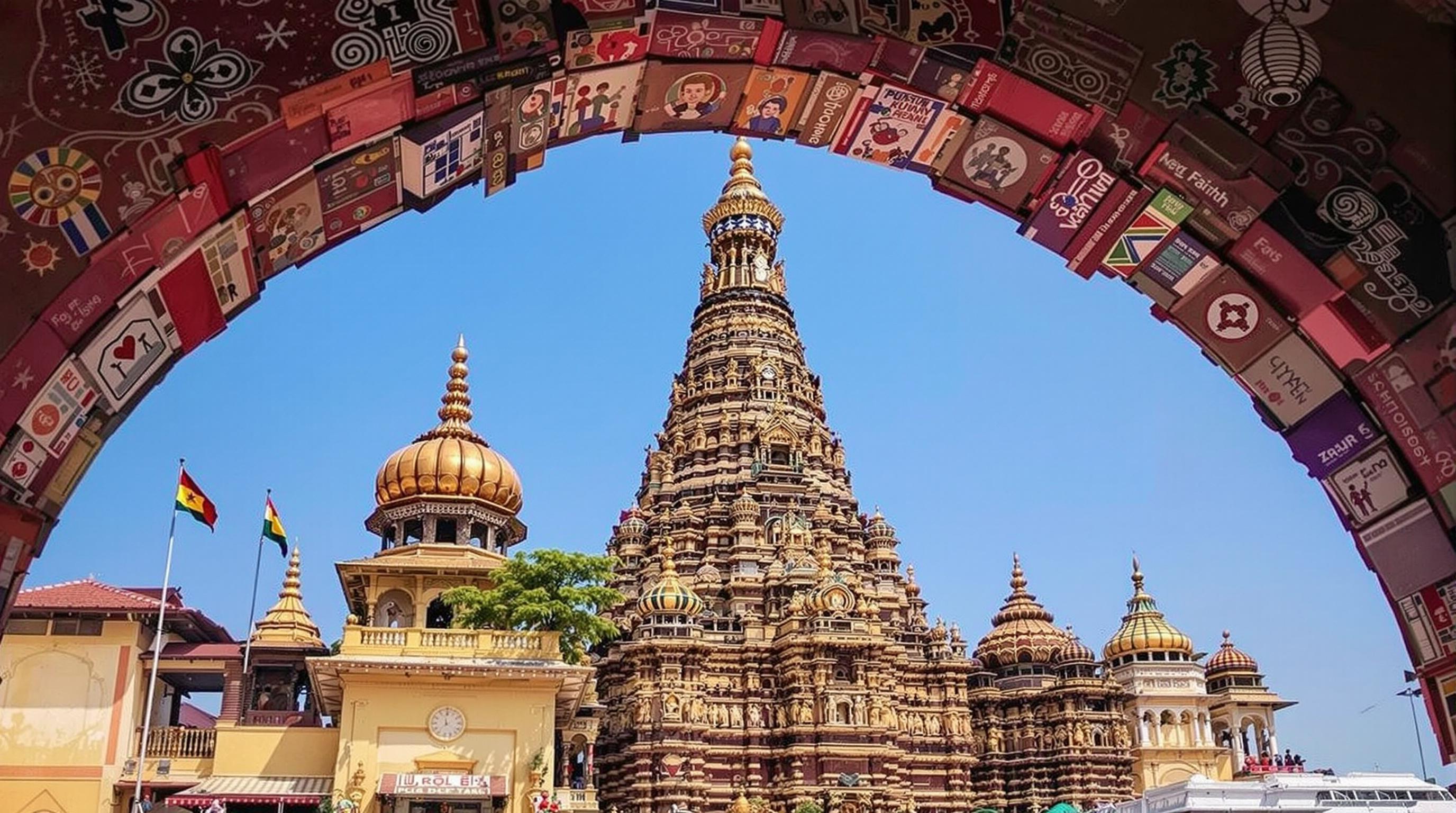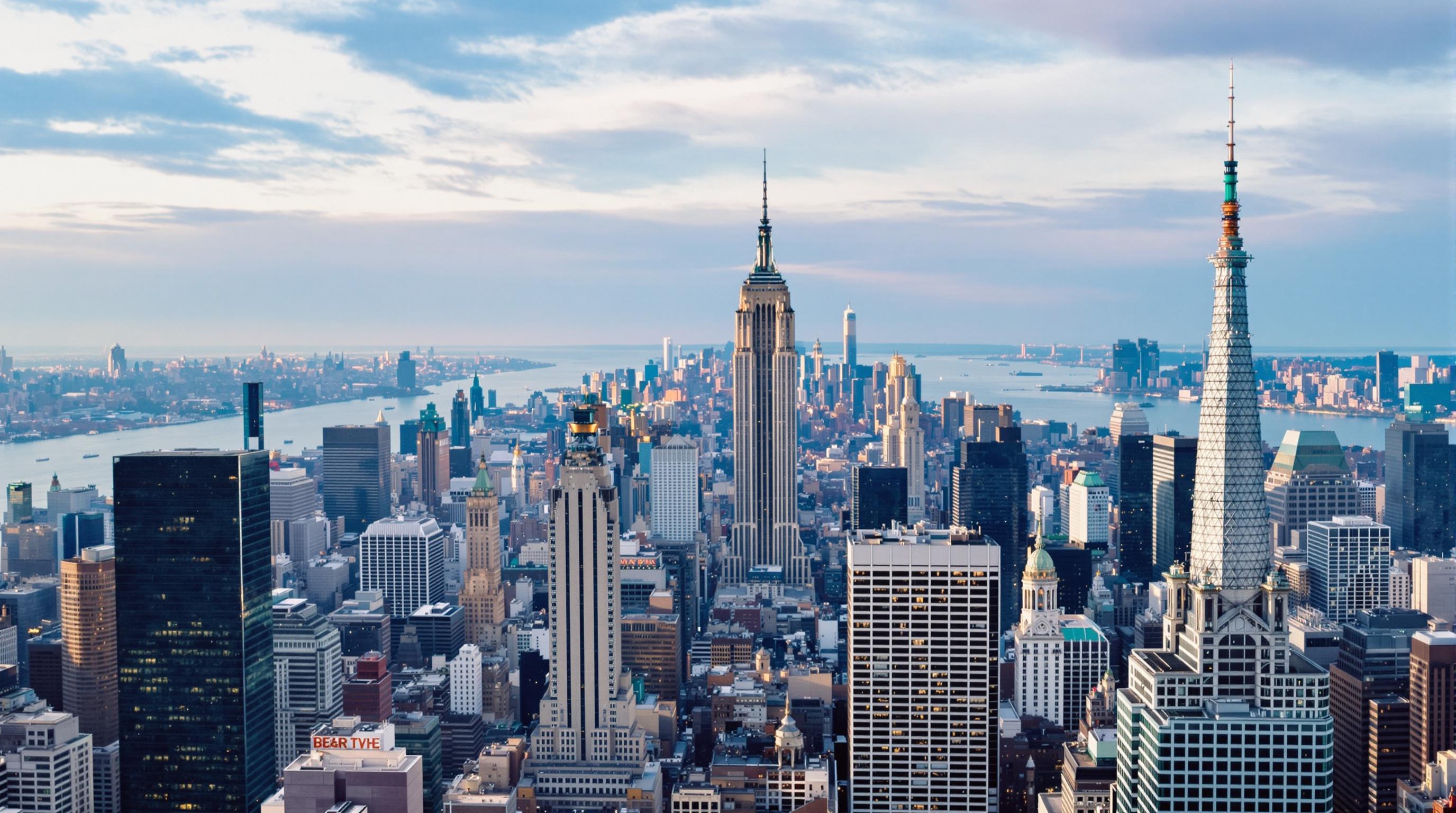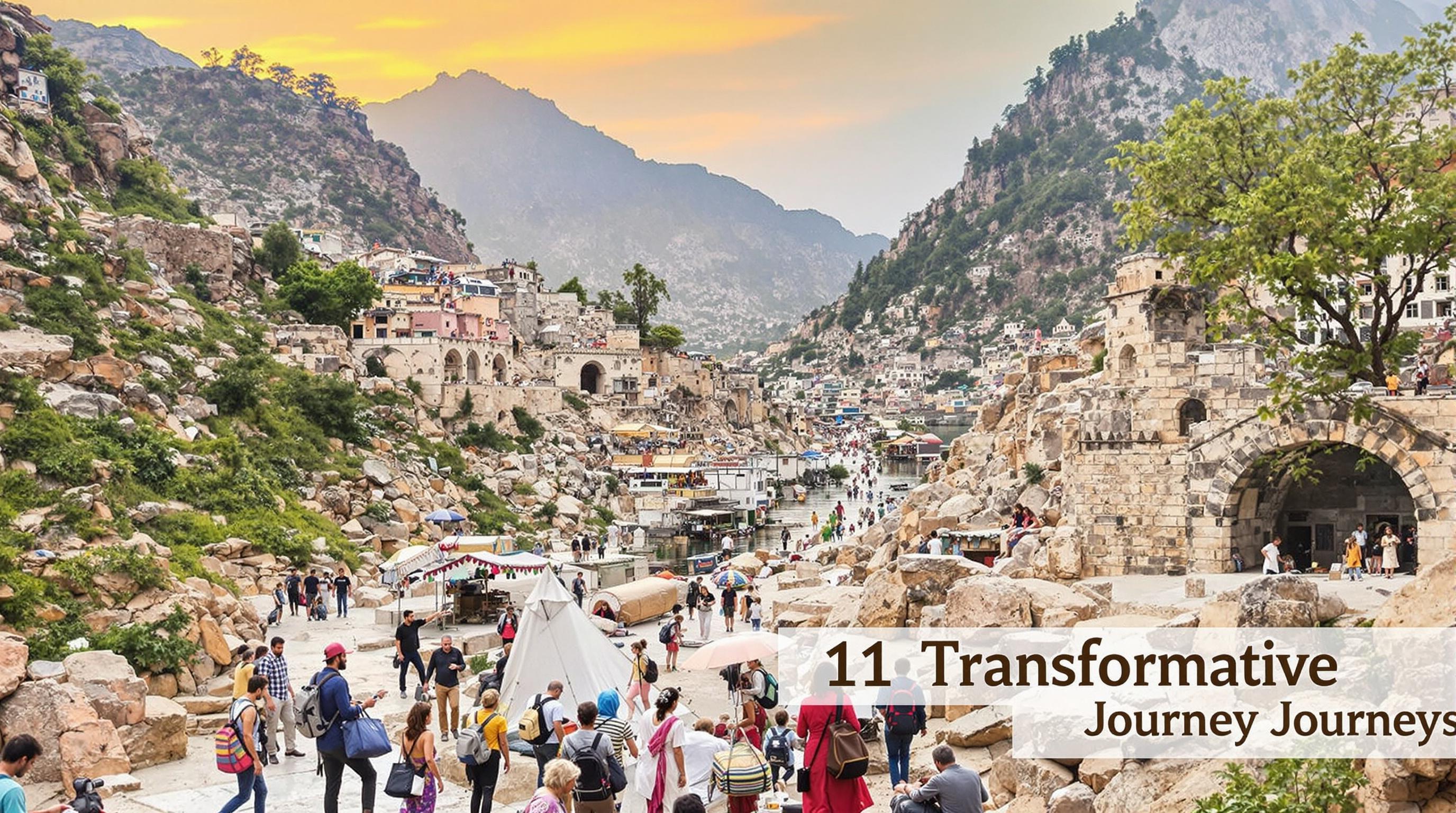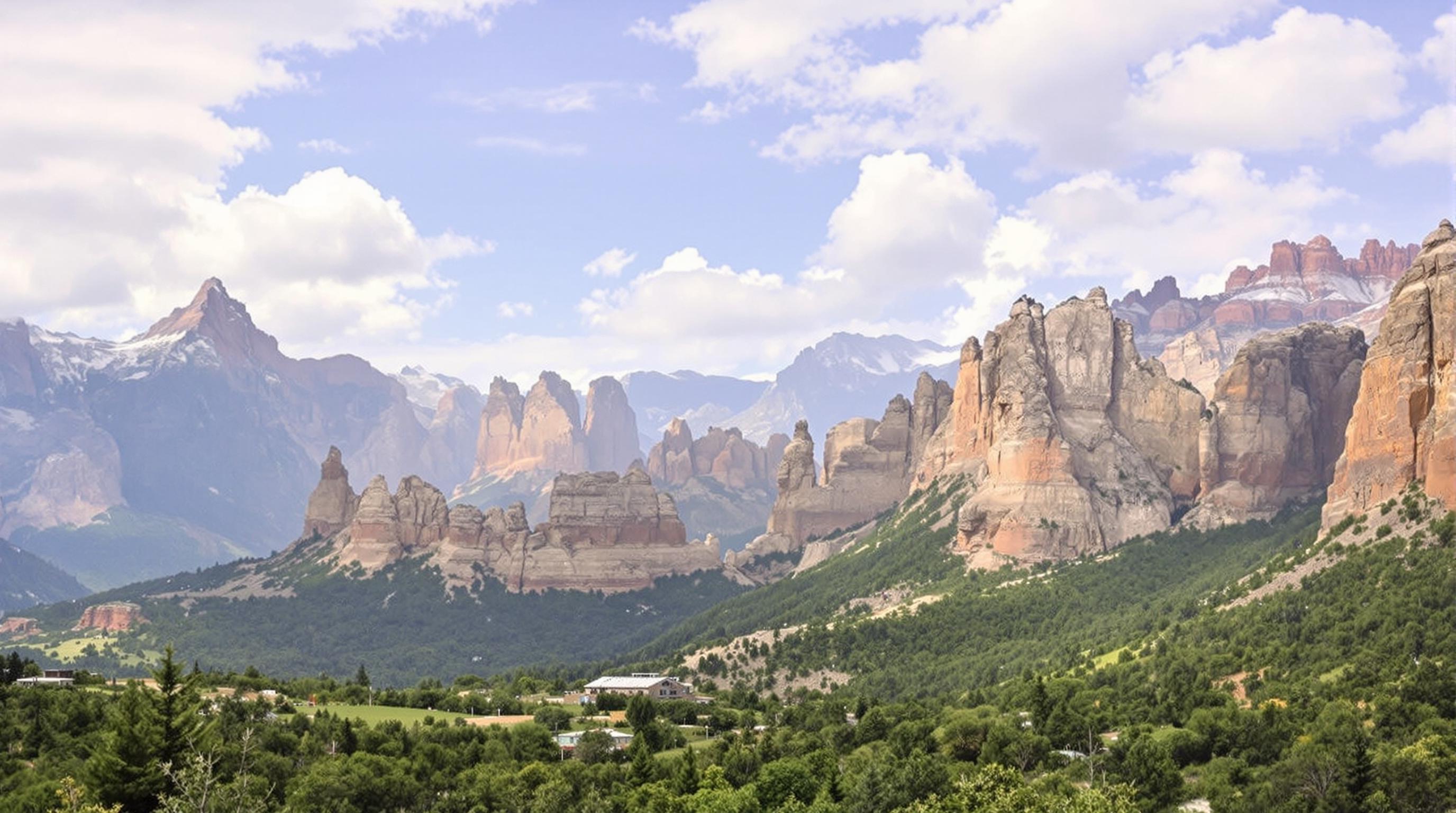Related Articles
- Uncharted Escapes: Navigating the Controversial Allure of Fringe Destinations and Their Untold Stories
- Uncharted Realms: The Surprising Intersection of Urban Legends and Adventure Travel in Offbeat Locations
- Curious Chronicles: Bizarre Transport Innovations Shaping Uncommon Explorations Across Unvisited Trails
- The Forgotten History of Eco-Adventuring: Learning from Indigenous Practices for Modern Exploration
- The Hidden Impact of Eco-Conscious Adventure Games on Environmental Education and Community Resilience
- Uncommon Routes: The Unexpected Appeal of Ghost Town Hikes in Eco-Friendly Exploration
15 Unveiled Destinations: Immersing in the Unique Customs, Rituals, and Lesser-Known Festivals that Define Global Travel
15 Unveiled Destinations: Immersing in the Unique Customs, Rituals, and Lesser-Known Festivals that Define Global Travel
15 Unveiled Destinations: Immersing in the Unique Customs, Rituals, and Lesser-Known Festivals that Define Global Travel
1. The Lantern Festival in Pingxi, Taiwan
Every year, the Pingxi Lantern Festival illuminates the sky with thousands of floating lanterns, symbolizing the release of troubles and the welcoming of good fortune. Originating from ancient traditions, this festival draws visitors who wish to partake in the magical experience of sending their hopes into the heavens.
As participants inscribe their wishes on the lanterns before releasing them, it becomes a communal experience filled with hope and dreams. The luminous scene transforms the night into an ethereal display, resembling stars descending from the heavens.
The festival typically takes place on the 15th day of the Lunar New Year, making it a perfect time for travelers seeking to understand Chinese culture through participatory ritual. This vibrant event reveals the deeply rooted customs intertwined with Taiwan’s history and values.
2. Holi in Vrindavan, India
The Festival of Colors, or Holi, celebrated in Vrindavan, is an exuberant expression of love and joy, symbolizing the arrival of spring. The playful throwing of colored powders creates a vibrant atmosphere, while the traditional singing and dancing reflect the rich cultural heritage of the region.
Holi signifies the victory of good over evil, linked to the Hindu mythology of Krishna. Travelers visiting Vrindavan witness a unique blend of festivities, where every street and corner bursts into a riot of colors, laughter, and communal harmony.
Experiencing Holi in this sacred city offers a glimpse into the depth of Indian spirituality and the celebration of life itself, marking a significant communal event that transcends mere festivity into a profound expression of unity.
3. La Tomatina in Buñol, Spain
In the quaint town of Buñol, Spain, the La Tomatina festival has turned the simple act of throwing tomatoes into a world-renowned spectacle. Held annually on the last Wednesday of August, this event transforms the cobblestone streets into a massive fruit battleground, inviting participants from around the world to engage in a joyful food fight.
Originating in the mid-20th century, the festival is imbued with local lore and a spirit of camaraderie, offering an unconventional way to experience Spanish culture. Despite its chaotic nature, La Tomatina emphasizes playfulness, encouraging laughter and connection among participants.
The sensation of getting drenched in ripe tomatoes encourages a sense of liberation, as barriers dissolve and mesmerizing memories are made, signifying that sometimes, to truly connect to a culture, one must dive headfirst into its joyous chaos.
4. The Day of the Dead in Oaxaca, Mexico
The Day of the Dead, or Día de los Muertos, is a profoundly significant celebration, particularly in Oaxaca, Mexico. This festival honors deceased loved ones with colorful altars, sugar skulls, and marigolds, creating a vibrant tapestry that blurs the lines between life and death.
Unique to this region, the festival takes place from October 31 to November 2, with families gathering to remember and celebrate the lives of those who passed. Street parades adorned with intricately designed costumes and traditional music enhance the celebratory spirit, making it a feast for both the eyes and soul.
To witness this fusion of culture and tradition is to understand the Mexican philosophy of death as a continuation of life. Travelers who partake in this extraordinary event leave with a heightened appreciation for the culture’s acceptance of mortality and the joy of remembering those who once were.
5. The Running of the Bulls in Pamplona, Spain
The Running of the Bulls, or San Fermín Festival, is one of Spain's most exhilarating yet controversial events. Held in Pamplona each July, this ritual attracts thrill-seekers eager to navigate the bustling streets alongside powerful bulls, a tradition that dates back centuries.
The festival is steeped in cultural significance, highlighting the interplay between courage, community, and celebration. Thousands gather not just to witness the run, but also to engage in a week-long celebration filled with music, dance, and gastronomy that captures the heart of Spanish spirit.
While the event raises questions about animal welfare, it also serves as a dynamic point of cultural expression. For travelers, experiencing the San Fermín Festival offers insights into Spanish traditions that celebrate both bravery and festivity, reminding us that every culture has its fascinating, if sometimes contentious, celebrations.
6. The Gion Matsuri in Kyoto, Japan
Kyoto's Gion Matsuri, considered one of Japan's most prestigious festivals, takes place throughout July. Initially a ritual to appease deities during an epidemic, the celebration has evolved into a month-long series of events, including parades featuring ornate floats, traditional clothing, and cultural performances.
The festival culminates on July 17 with a grand procession, where intricately decorated floats, some as tall as five stories, navigate the ancient streets of Kyoto. This spectacle not only showcases craftsmanship but also narrates the city’s rich history and cultural heritage.
Attending Gion Matsuri allows travelers to immerse themselves in Japan's fascinating blend of ancient tradition and continued relevance, providing a window into the artistic and communal soul of a city that has preserved its customs over centuries.
7. Up Helly Aa in Shetland, Scotland
The Up Helly Aa festival, held in January, is one of the most remarkable fire festivals in the world, inspired by the Viking heritage of Shetland. The festivities begin with torches, as locals march through the streets, culminating in the burning of a Viking longship, symbolizing both history and communal spirit.
This event is not merely a celebration of fire; it represents a convergence of community, creativity, and cultural identity. Participants don Viking costumes and engage in lively music and dance, making it a festive experience laden with historical significance.
For travelers, Up Helly Aa offers a unique opportunity to witness and participate in a heritage celebration that honors the past while bringing communities together, igniting a flame of camaraderie against the cold winter nights.
8. Inti Raymi in Cusco, Peru
The Inti Raymi, or Festival of the Sun, is a vibrant celebration rooted in Incan history, taking place in Cusco in June. Honor the sun god Inti, the festival marks the winter solstice and the new agricultural year, filling the once sacred city with energetic colors and cultural expressions.
As participants don traditional Incan costumes and reenact ancient rituals, the festival creates a unique bridge between the past and the present. This historical pageantry, alongside the vibrant parades, leads to a gathering at the Sacsayhuamán ruins, where prayers and offerings to the sun are made.
By attending Inti Raymi, travelers can actively engage with Peru’s indigenous culture, appreciating the significance of ancestral traditions while experiencing the joy that arises when communities come together in celebration.
9. Carnival in Venice, Italy
The Carnival of Venice, celebrated in the days leading up to Lent, epitomizes elegance and theatricality. Renowned for its elaborate masks and costumes, the festival is an artful fusion of history, romance, and revelry that draws visitors from around the globe.
Intricately designed masks, each telling its own story, symbolize the idea of anonymity, allowing the wearers to transcend societal boundaries and revel in freedom. Streets and canals become stages for parades, street performers, and musicians to enchant a diverse audience.
Travelers who participate in the Carnival of Venice delve into a captivating journey through time, immersing themselves in the art and culture of a city that has historically been a crossroads of trade and innovation.
10. Fête de la Musique in France
The Fête de la Musique, celebrated globally but originating from France, transforms the streets and public spaces into vibrant stages for musicians on June 21st. Designed to celebrate music in all its forms, this vivid festival encourages both amateurs and professionals to perform, filling cities with diverse sounds and expressions.
From rock and classical to folk and jazz, this festival showcases the country's eclectic music scene while promoting a sense of community and cultural dialogue. As the sun sets, the lights of performances illuminate the streets, creating an unforgettable atmosphere of camaraderie and creativity.
For travelers, the Fête de la Musique offers a remarkable opportunity to experience the French appreciation for art and culture, fostering a sense of connection through the universal language of music.





